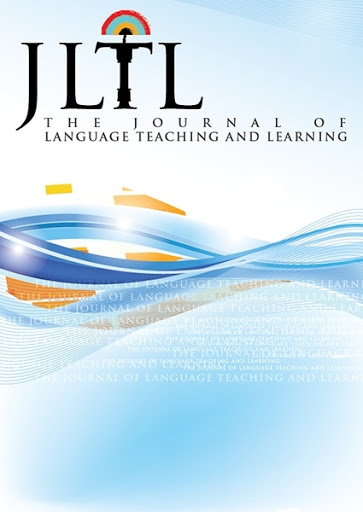Abstract
This bibliometric analysis offers a comprehensive review of studies concerning technology integration into English as a Foreign/Second Language instruction within K-12 settings from 2000 to 2025. Drawing on 251 peer-reviewed journal articles extracted from the Web of Science Core Collection, this study utilizes VOSviewer and Biblioshiny to examine publishing trends, citation impact, author productivity, institutional and geographic distribution, and topic evolution. Findings indicate a permanent rise in academic productivity, especially significant post-2020, primarily due to the worldwide shift to remote learning during the COVID-19 pandemic. China emerged as the foremost contributor, succeeded by the United States and Spain, with significant institutional engagement in East Asia. The primary themes encompass digital storytelling, mobile-assisted learning, augmented/virtual reality, blended/flipped learning, and artificial intelligence. A comprehensive content analysis of article abstracts indicated a changing pedagogical focus with early focus on cognitive outcomes, such as vocabulary acquisition and reading comprehension, whereas recent years have demonstrated an increasing emphasis on affective aspects, including motivation, engagement, and learner enjoyment. This tendency indicates a growing adoption of more comprehensive and learner-focused methodologies with cognitive and emotional dimensions of language acquisition. The results highlight the necessity for expanded international cooperation and broader global representation, while providing an evidence-based basis for future research and pedagogical advancements in K-12 technology-assisted language instruction.

This work is licensed under a Creative Commons Attribution-NonCommercial 4.0 International License.


